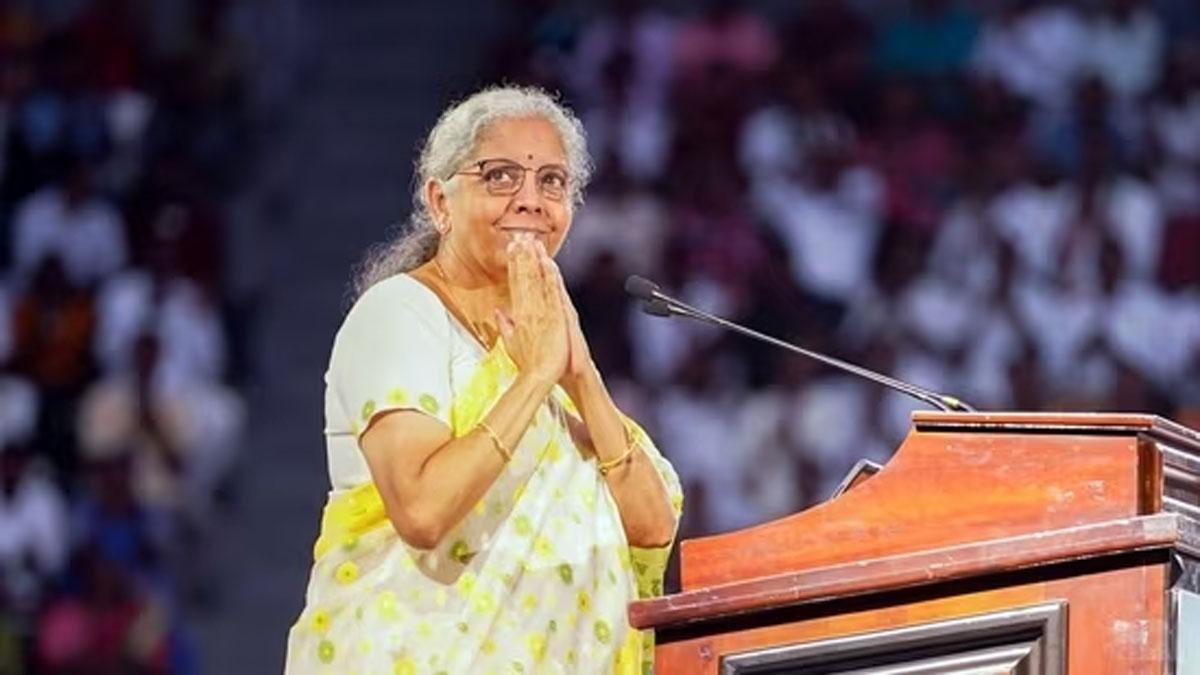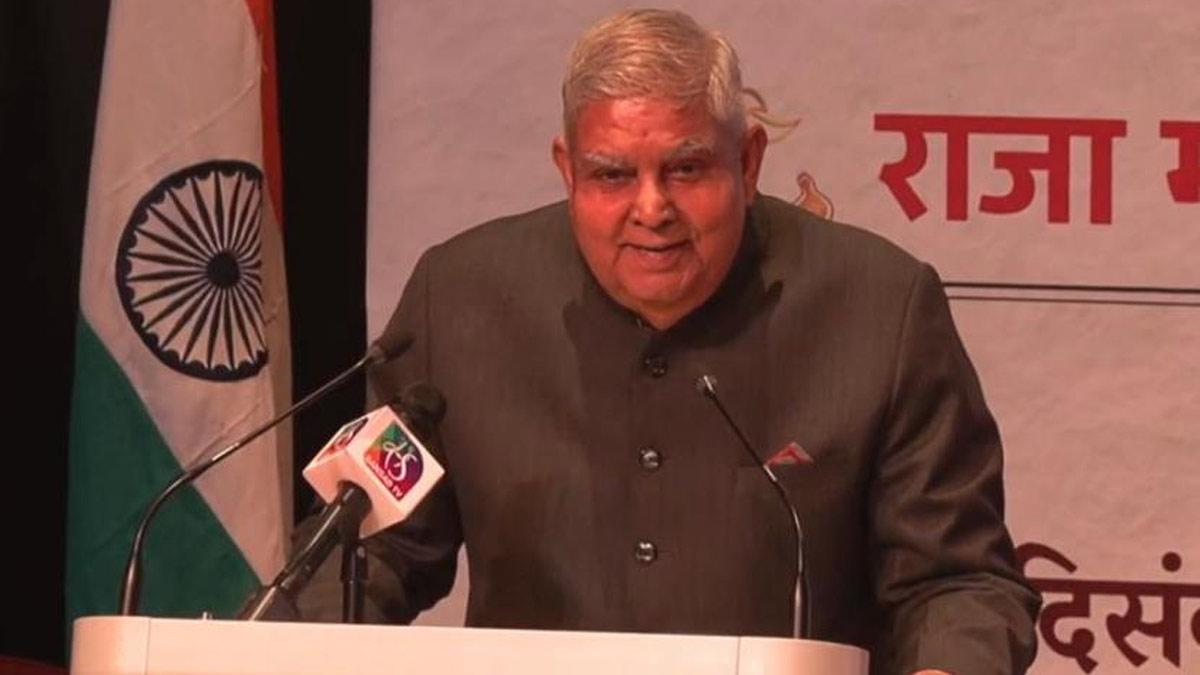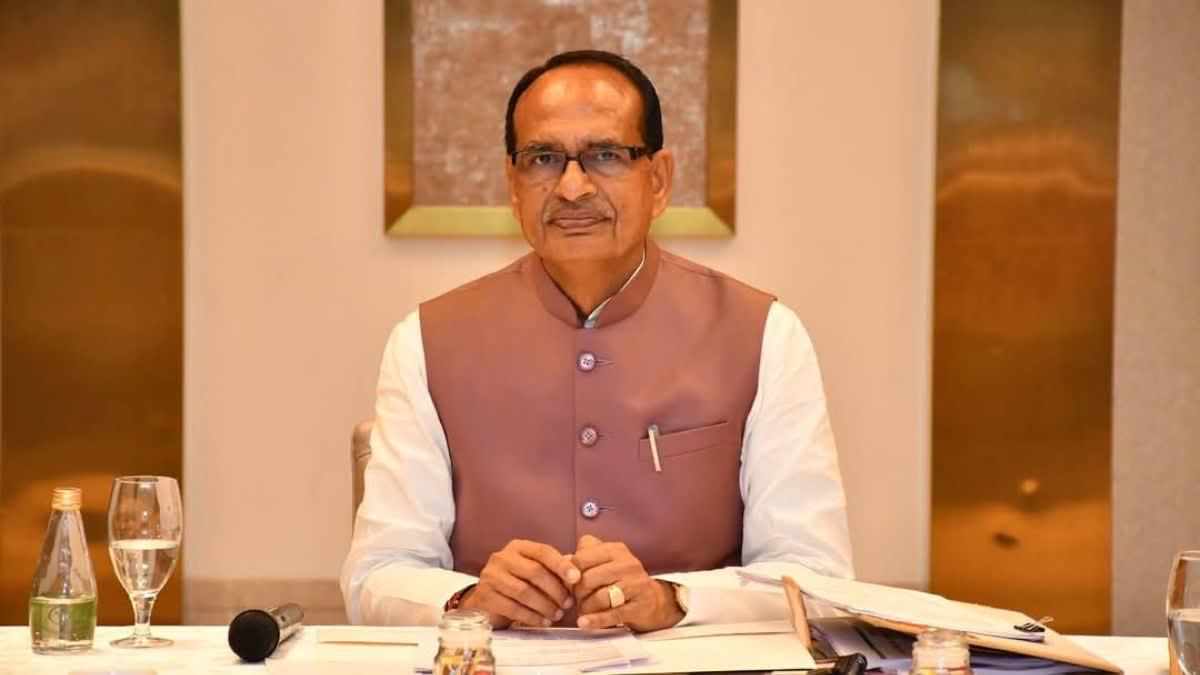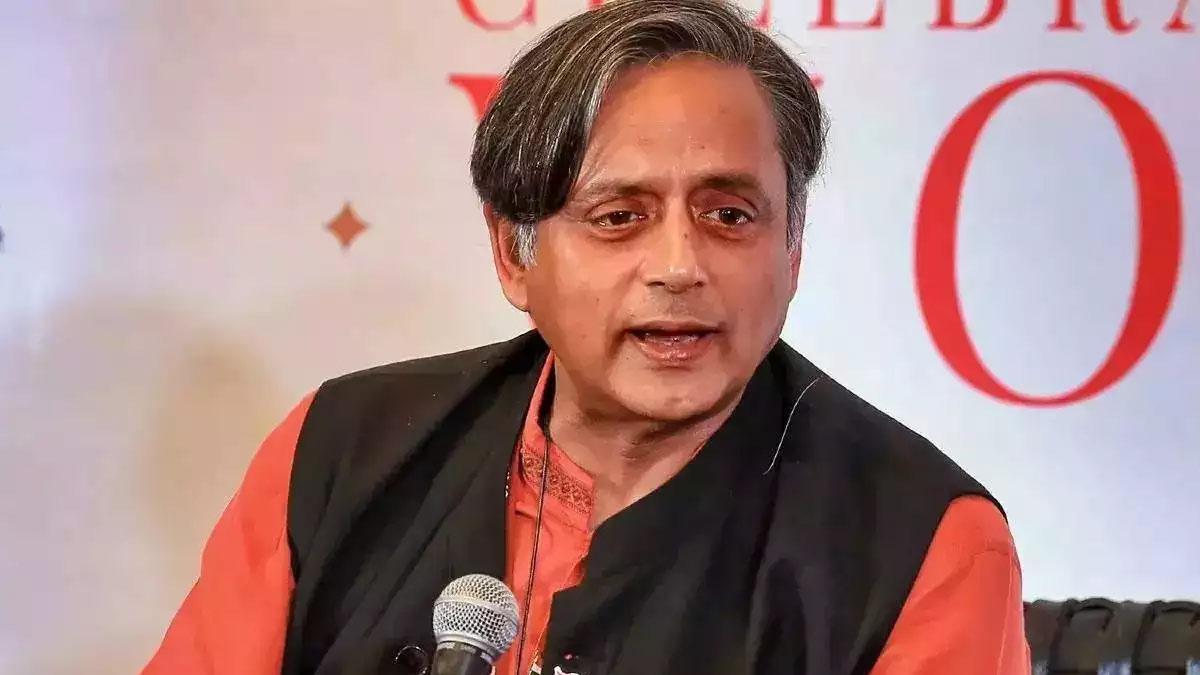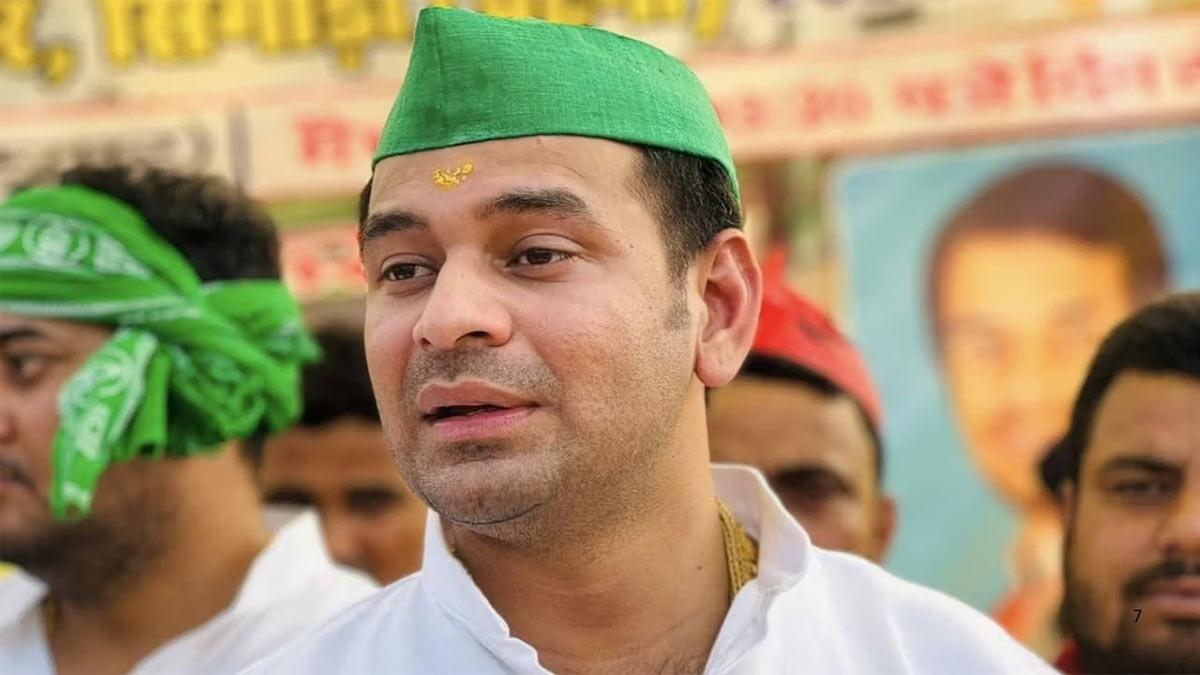Finance Minister Nirmala Sitharaman is poised to achieve a milestone, matching the record set by former Prime Minister Morarji Desai, as she unveils her sixth consecutive budget on February 1. As the country's first full-time woman finance minister, Sitharaman has presented five comprehensive budgets since July 2019 and is set to present an interim or vote-on-account budget in the coming week.
With the presentation of this interim budget, Sitharaman will surpass the achievements of her predecessors, including Manmohan Singh, Arun Jaitley, P Chidambaram, and Yashwant Sinha, who each presented five consecutive budgets. Morarji Desai, during his tenure as finance minister, presented five annual budgets and one interim budget between 1959-1964.
The upcoming interim budget for 2024-25, scheduled for February 1, will be a vote-on-account, granting the government the authority to allocate funds until a new government takes office following the April-May general elections. Due to the impending elections, Sitharaman's interim budget is unlikely to introduce major policy changes. At a recent industry event, she ruled out any "spectacular announcement," emphasizing that it would primarily serve as a vote-on-account before the elections.
A vote-on-account, once approved by Parliament, empowers the government to withdraw funds from the Consolidated Fund of India on a pro-rata basis to cover expenditures from April to July. The subsequent government, anticipated to form around June, will present the final budget for 2024-25 in July. While interim budgets typically avoid major policy announcements, the government retains the flexibility to address urgent economic issues.
Since assuming office in 2014, the Modi government, led by Arun Jaitley, presented five consecutive budgets from 2014-15 to 2018-19. In 2017, Jaitley deviated from the colonial-era tradition of presenting the budget on the last working day of February, moving it to the 1st of the month.
After the 2019 general elections, Sitharaman took charge of the finance portfolio in the Modi 2.0 Government, becoming the second woman to present the budget after Indira Gandhi in 1970-71. Sitharaman introduced a departure from tradition by using a 'bahi-khata' with the National Emblem instead of the traditional budget briefcase.
Under Sitharaman's leadership, India navigated the challenges posed by the Covid pandemic with a series of policy measures to support the vulnerable, maintaining its status as the fastest-growing major economy and a 'bright spot' in the global economy. The country aims to achieve a USD 5 trillion economy by 2027-28 and USD 30 trillion by 2047.
As she prepares to present her sixth consecutive budget, Sitharaman is expected to focus on measures to boost the rural sector, particularly in response to the anticipated deceleration in agriculture sector growth from 4 percent to 1.8 percent in 2023-24. Given the proximity to the elections, experts predict that the budget will prioritize immediate fiscal needs over broad, long-term economic reforms.
Rakesh Nangia, Chairman of Nangia Andersen India, anticipates a strategic approach that balances immediate fiscal responsibilities with long-term economic objectives. While major announcements may be postponed until after the 2024 Lok Sabha elections, the budget is expected to address ongoing concerns and lay the foundation for future economic growth.
(With Agency Inputs)
Read also| Interim Budget 2024 Initiates with Finance Minister's Halwa Ceremony at North Block

